There’s much controversy on the subject of autoflower topping. Only a few years ago, it was a no-brainer: topping an autoflower would lead to catastrophic results in terms of size and yield. Today, autoflowers have become so strong that topping and other forms of high-stress training often don’t hurt them.
Moreover, when you grow autoflowers indoors, it’s paramount to keep them short and spread-out, so that each flower top is at the same distance from the light. Often, it can be achieved with low-stress training (LST), but sometimes LST is not enough. In such cases, autoflower topping can give you more advantages (flatter canopy & more flowering tops) than drawbacks (the risk of stunted growth and longer life cycle).
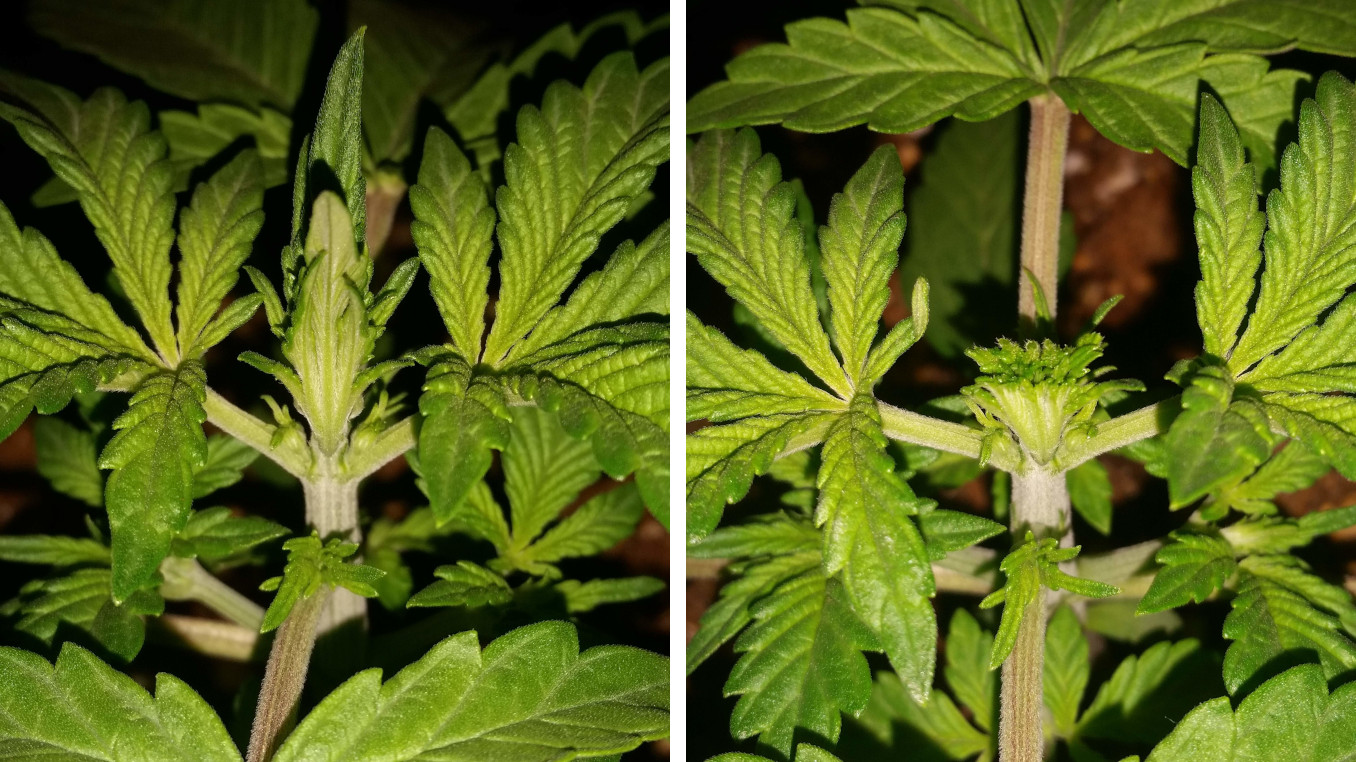
In a separate post, we’ve described several grows of xxl autoflower strains, and some of the most amazing results there were achieved through topping. We’ve also investigated the autoflower seed to harvest time in actual grow reports and found—among other things—that topping doesn’t seem to affect the speed of autoflowering cannabis.
When to do Autoflower Topping
So you’ve decided that topping a autoflower would benefit your indoor grow. Here’s a list of conditions that will raise your chances of success:
- Your autoflower should be mature enough. You risk shocking a young seedling with an HST technique if you perform one too early. Look through the examples below to see at what age other growers did the topping.
- The plant should be healthy and vigorous. If it shows any deficiencies, suffers from a pest attack, or is growing slowly for some other reason, wait till it’s well again. Or give up the idea of topping altogether.
- There are no other radical changes in your garden. It’s best not to top an autoflower right after a transplant, or when you change nutrients, the type of light, or light schedule. Any change can be a stress factor, and stress factors compound. Together they can shock your plant into remaining a dwarf.
- Your auto hasn’t yet begun to flower. The start of flowering signals weed plants to begin stretching the available branches and maybe grow some new foliage, but stop anything else, like growing new roots and new side branches. So don’t expect your autoflower to become noticeably bushier in the blooming stage. And autoflower topping won’t make any difference, either.
What is Topping, Anyway?
We assume that you already know what ‘topping’ means and how it is performed. So, this is only a quick reminder. Topping means pinching off the plant top. It’s done to switch off apical dominance and direct energy from the top (apex) to the secondary shoots (side branches).
Please note that you can do several toppings on a single plant: first top the main stalk, then the side branches, and, when they fork, top again their apexes. By spreading flat these multiple branches, you can get a very short and symmetrical plant. This technique is called mainlining, or manifolding. There are a couple of examples of this below.
There are two ways of topping:
- Topping proper, when you cut off the growing point completely. In this case, instead of one central cola, the plant develops two tops. They grow from the topmost node, just below the cut-off apex.
- Fimming, when you DON’T cut off the growing point completely (hence the name of the method — FIM, or “Fuck, I missed!”). If you do this right, the mangled apex will recover and grow two additional shoots. There will be 4 equal-size tops instead of one central cola.
Autoflower Topping Results in Real-Life Grows
Initially, we wanted to take just one strain—Orange Sherbet Auto by FastBuds—and find enough grow reports where it was topped and where it wasn’t. The idea was to see how much autoflowers topping affects yields in the same genetics.
However, comparing topped vs. untopped autos of the same variety doesn’t give much insight. The final results are all over the place. So, instead, we compiled two sets of 5 strains each: in one set, the topping was successful, and in the other, not.
We hope you’ll have fun looking at these autoflower topping examples. Please pay attention to the names of the strains and the growers’ nicknames, too. Sometimes, one and the same strain or one and the same grower doing exactly the same thing result in totally different outcomes.
Successful Examples of Autoflower Topping
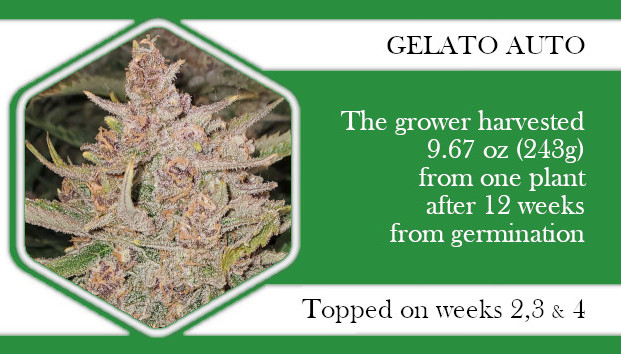 I do love her, she will be topped, probably 3 times starting in about a week, pinned, lollipoped and defoliated regularly ..... Day 18, I topped her again yesterday and you wouldn't know it. She is on track growing and right where I think she should be. Not like her sister zkittlez ..... Day 28, the ocd kicked in again ffs and I topped everything again for the 4th time. Ive never done 4 so Im interested to see what happens ..... I gave her a boot camp that alot of plants don't survive and she never flinched or missed a beat. She is one tough cookie!
I do love her, she will be topped, probably 3 times starting in about a week, pinned, lollipoped and defoliated regularly ..... Day 18, I topped her again yesterday and you wouldn't know it. She is on track growing and right where I think she should be. Not like her sister zkittlez ..... Day 28, the ocd kicked in again ffs and I topped everything again for the 4th time. Ive never done 4 so Im interested to see what happens ..... I gave her a boot camp that alot of plants don't survive and she never flinched or missed a beat. She is one tough cookie!
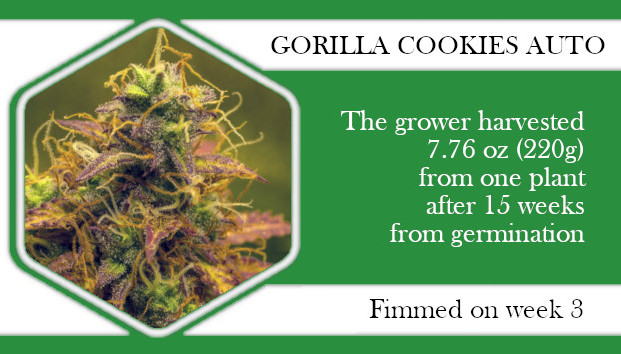 Fimmed her on day 20 ..... She reacted well to training, quickly overcame the stress or repotting and fimming and is growing fine ..... FIM didn’t go as planned. However, the procedure significantly affected the development of the middle nodes and made the side branches grow vigorously. The plant grows quite fast
Fimmed her on day 20 ..... She reacted well to training, quickly overcame the stress or repotting and fimming and is growing fine ..... FIM didn’t go as planned. However, the procedure significantly affected the development of the middle nodes and made the side branches grow vigorously. The plant grows quite fast
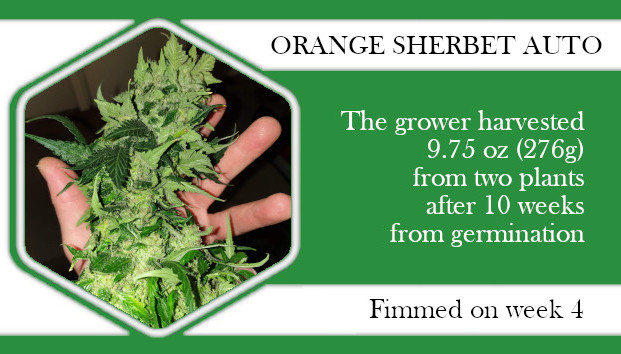 Both plants have motored through initial training with LST and fimming without skipping a beat. I've read so many mixed opinions on topping / fimming autos, it was a hard decision to make. In the end, I decided to give it a try and find out for myself. If I'd had any concerns about the plants ability to cope, I wouldn't have done it, but if your plant is looking strong and healthy then it may be something to think about ..... for this grow right here? I think it was a good decision I'm extremely happy with the results.
Both plants have motored through initial training with LST and fimming without skipping a beat. I've read so many mixed opinions on topping / fimming autos, it was a hard decision to make. In the end, I decided to give it a try and find out for myself. If I'd had any concerns about the plants ability to cope, I wouldn't have done it, but if your plant is looking strong and healthy then it may be something to think about ..... for this grow right here? I think it was a good decision I'm extremely happy with the results.
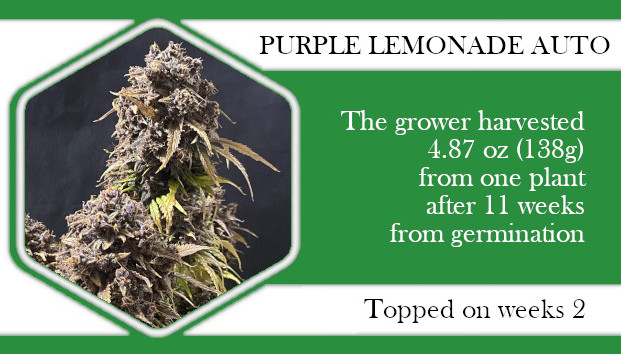 she seems to be doing fine with the topping still growing but seems to have slowed down vertically which is good cause my last purple lemonades were monsters at 36 inches from pot ..... I am hoping it will be more bush style instead of tree ..... it’s just super healthy no matter what I do it did seem to stretch a good deal this week but I think the topping helped slow it down ..... huge yield this time at 138 grams plant finished around 34 inches from pot
she seems to be doing fine with the topping still growing but seems to have slowed down vertically which is good cause my last purple lemonades were monsters at 36 inches from pot ..... I am hoping it will be more bush style instead of tree ..... it’s just super healthy no matter what I do it did seem to stretch a good deal this week but I think the topping helped slow it down ..... huge yield this time at 138 grams plant finished around 34 inches from pot
Subpar and Disastrous Attempts
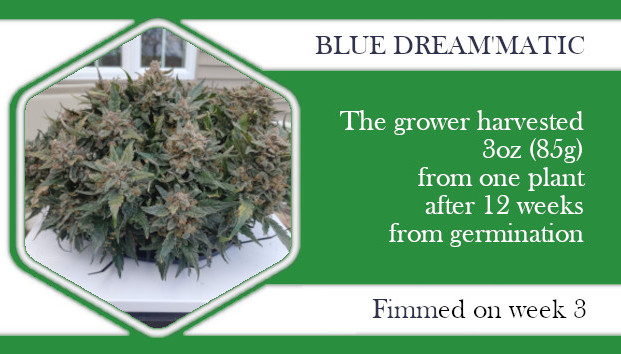 Blue had a solid start right out of the gate. She grew nice thick, full leaves and was happy as a clam cake.... Until I decided to FIM ?♀️ ….. Blue didn't seem to like it all that much, and as she began to grow out I did a poor job of opening her up enough to get proper sub-canopy circulation ….. Looking back now, I should have done a better job at doing a bit more defoliation than I did - but I found myself holding back once I had realized the stress I caused the plant from the FIM. That was a mistake.
Blue had a solid start right out of the gate. She grew nice thick, full leaves and was happy as a clam cake.... Until I decided to FIM ?♀️ ….. Blue didn't seem to like it all that much, and as she began to grow out I did a poor job of opening her up enough to get proper sub-canopy circulation ….. Looking back now, I should have done a better job at doing a bit more defoliation than I did - but I found myself holding back once I had realized the stress I caused the plant from the FIM. That was a mistake.
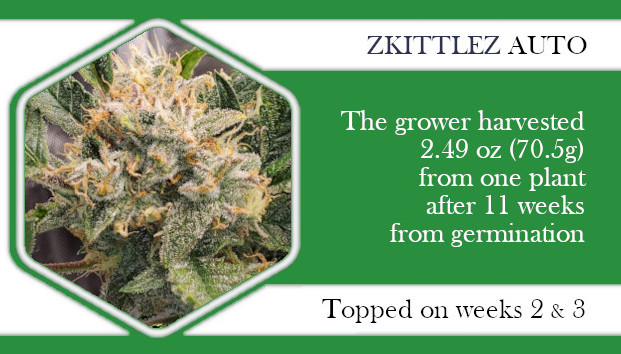 I only wish she had stretched more, the 3rd topping did her in! Take notes ..... Please don't top this 3 times! I never will I can tell you lol! Maybe top once or just lst! This was the smallest plant I have ever grown in my life and I believe it was from over training.
I only wish she had stretched more, the 3rd topping did her in! Take notes ..... Please don't top this 3 times! I never will I can tell you lol! Maybe top once or just lst! This was the smallest plant I have ever grown in my life and I believe it was from over training.
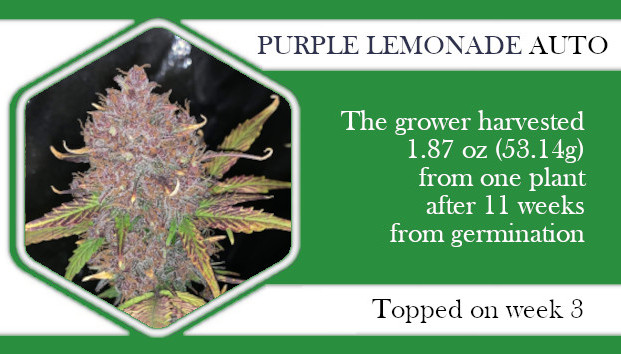 12/12. She got topped today ..... 14/12. Day 20. She reacted very well to topping and started growing faster
..... The yield was low. She need to be tied down next time because she stretched a lot in no time.
12/12. She got topped today ..... 14/12. Day 20. She reacted very well to topping and started growing faster
..... The yield was low. She need to be tied down next time because she stretched a lot in no time.
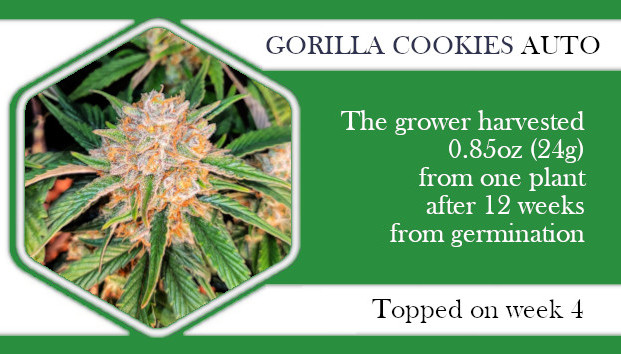 Accidentally broke the main branch while adjusting LST. It was a clean cut. I could have taped it together and see if it recovers but decided to just remove the entire broken branch and consider this plant has been topped. My rationale is rather than the plant wasting its energy on recovery, it could use that energy on developing the lower nodes ..... Total dry weight for plant 2 came to 24g. Rather disappointing. It didn't have enough time to recover from the accidental topping. It was too close to flowering.
Accidentally broke the main branch while adjusting LST. It was a clean cut. I could have taped it together and see if it recovers but decided to just remove the entire broken branch and consider this plant has been topped. My rationale is rather than the plant wasting its energy on recovery, it could use that energy on developing the lower nodes ..... Total dry weight for plant 2 came to 24g. Rather disappointing. It didn't have enough time to recover from the accidental topping. It was too close to flowering.
Final Thoughts
A useful tool in the arsenal of an experienced grower, autoflower topping isn’t a foolproof HST method. Use it when it’s really necessary and when some less invasive LST technique isn’t going to cut it (no pun intended).
Also, make sure the autoflower you choose is really strong and capable of handling the stress. The ones we used in this review are a good starting point. Click on a picture of a strain to find more about it and, possibly, buy it for your next successful grow.
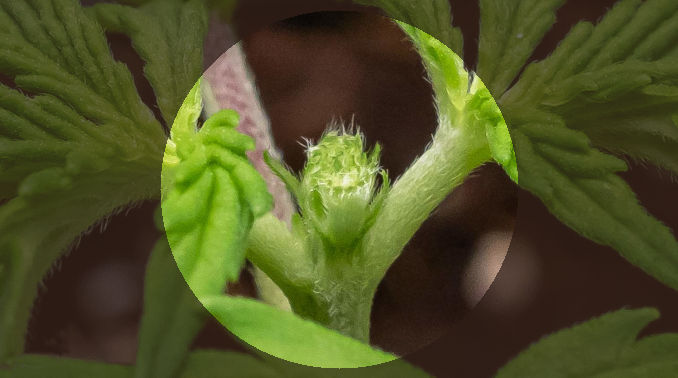
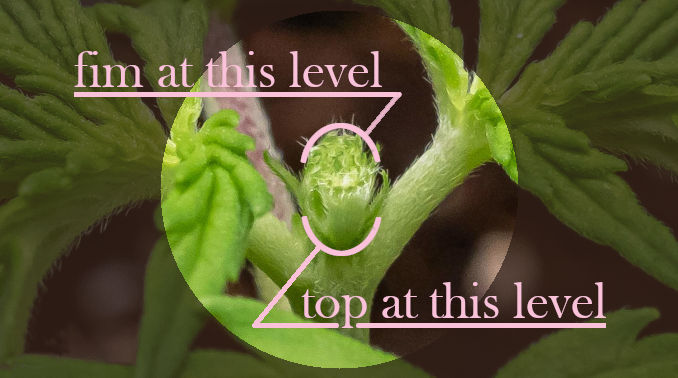
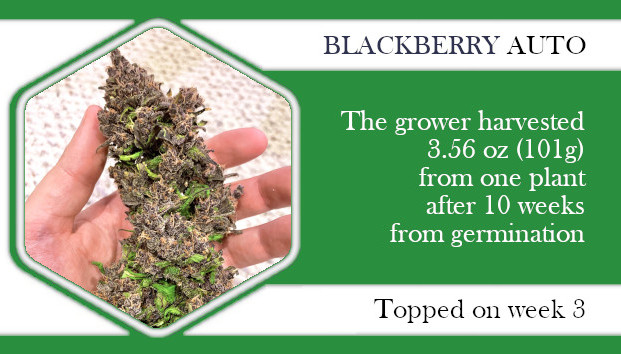
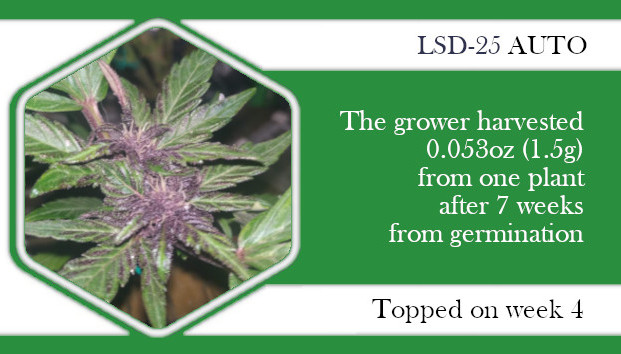
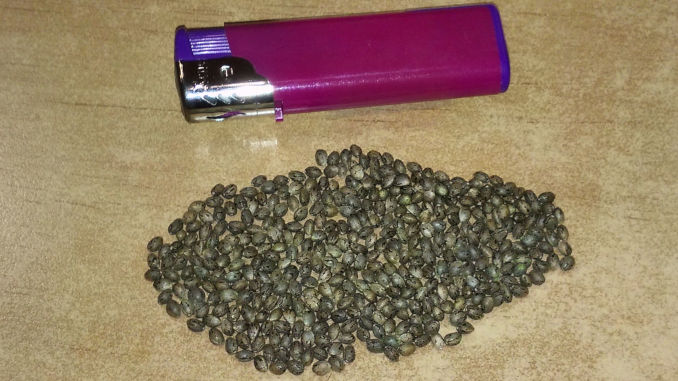
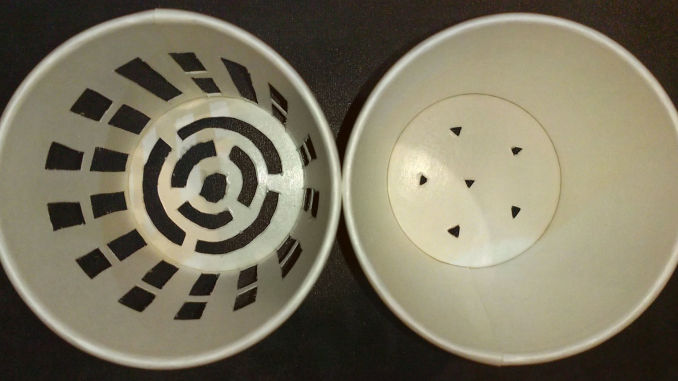
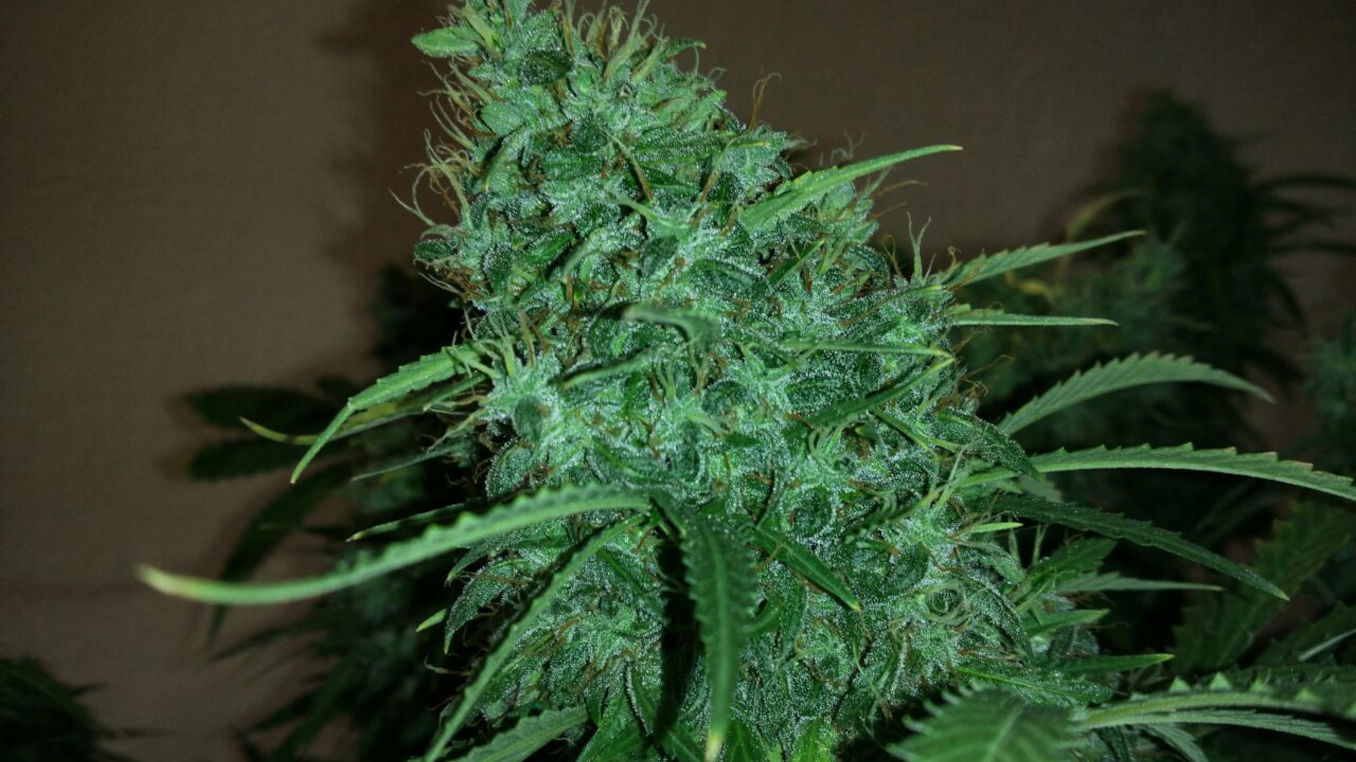
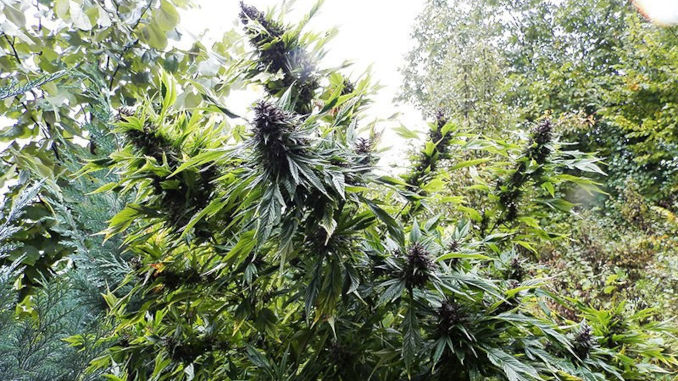
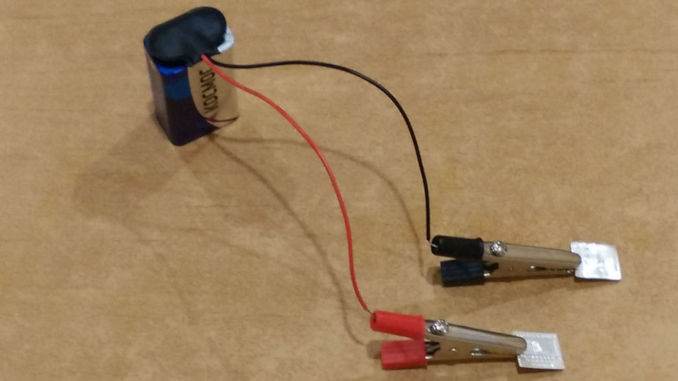
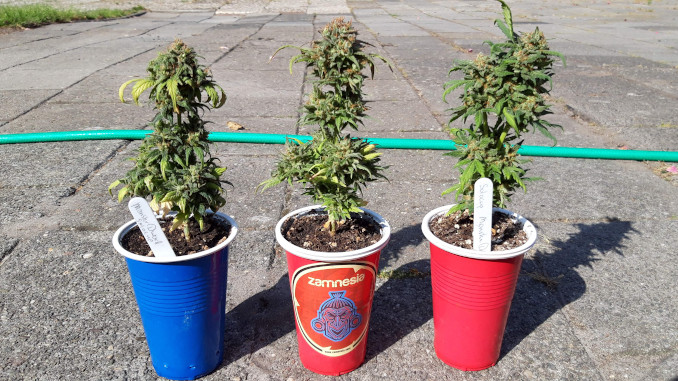
Comments